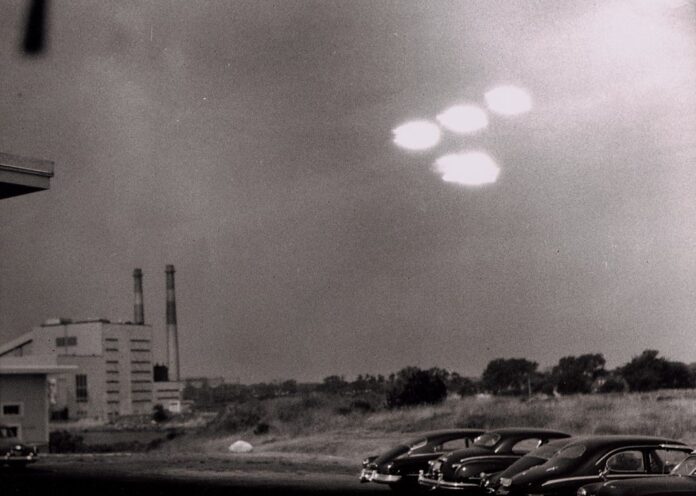
NASA in the last couple of weeks announced it was going to formally investigate unidentified aerial phenomena. The new acronym UAP, which replaces UFO, intends to review existing reports and data, and come up with a methodology for collecting and doing a detailed analysis of future incidents.
You know it’s serious when the terminology gets changed, or maybe not, and when America’s national space agency gets involved, or maybe not.
The agency even held a press conference to announce its plans and named David Spergel to head up a team to develop an objective, scientific approach to studying UAP both past, present and future. Spergel is the current President of the Simons Foundation, a Professor Emeritus of Astronomy from Princeton University, and the former Director of the Center of Computational Astrophysics at the Flatiron Institute in New York City. He has authored more than 400 papers published in numerous peer-reviewed journals. NASA has chosen Spergel for this task to protect its reputation as it applies serious science to study a phenomenon that has been the subject of speculation since the 1940s when the first modern sightings were published in newspapers and recorded in pictures and film.
NASA has had its own reported sightings during the manned space program. From John Glenn’s historic comments on Friendship 7 to Buzz Aldrin’s claim to have seen UAPs while flying to the Moon on Apollo 11, there are NASA anecdotal references to things viewed in space that couldn’t easily be identified. What Glenn observed as hundreds of light objects outside the window of his Mercury capsule turned out to be small drops of liquid venting from it. And Aldrin’s alien report ended up being an aberration in light caused by reflections off the Apollo spacecraft’s surface.
America’s National Security Agency (NSA) published a preliminary report on UAPs last year. It studied 144 sightings spanning from 2004 to 2021. The majority appeared near military facilities with the biggest number reported by US Navy personnel. The NSA didn’t conclude these sightings were alien in nature but did note they could be deemed to be a flight risk. The report recommended improvements to the tools being used to record the encounters.
NASA Has Been Searching for ET for a Long Time
NASA has been searching for extraterrestrial life. When it sent the two Voyagers to study the outer planets, it placed a disc onboard with instructions should an alien technology encounter them in the future. The Curiosity and Perseverance rovers, today, are sampling Martian air and rocks looking for signs of water past and present and evidence of previous or current life on the Red Planet. A mission to Jupiter’s moon, Europa, is being built that will study its subsurface ocean and search for evidence of living things within it.
NASA’s earth-based and space-based telescopes look for exoplanets that lie within the Goldilocks Zones of their stars. The new James Webb Space Telescope can sniff the atmospheres of these exoplanets to determine their composition in search of gasses that would point to biology present. And telescopes NASA operates continue to study radio signals from space looking for ones that cannot be explained by natural phenomena.
Studying UAPs, however, is very different. It has the potential of becoming a reputational risk for the agency. For those who believe in conspiracies and coverups, even a NASA report will probably not alter mindsets that believe the phenomena represent visitors from Outerspace. Nonetheless, NASA has made the commitment to investigate sightings, assemble the data, and share its conclusions in a future report.







